Biomechanics

Walking at the feet with the handler watching is a command that is taught to competition and working dogs in obedience. Unlike other canine sports, research in the area of competitive obedience is limited and no research has been published regarding the biomechanical adaptations of walking at the foot with handler tracking. The aim of this study was to investigate changes in [...]
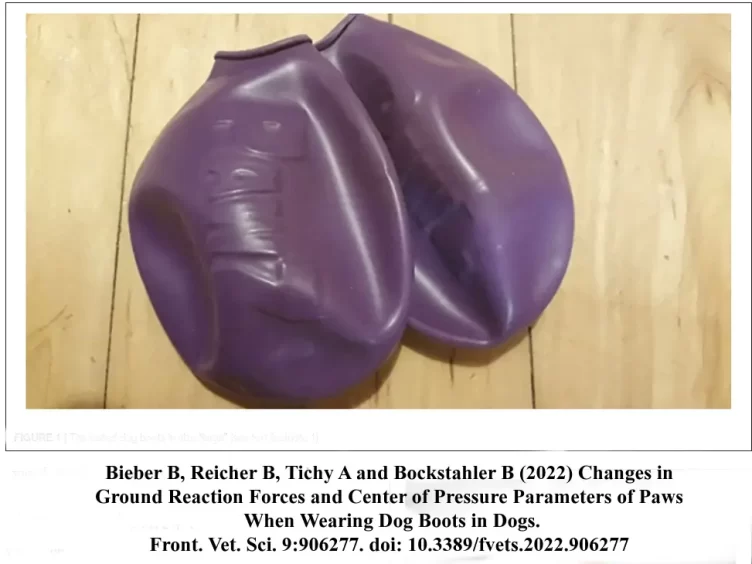
Dog boots are commonly used as protective footwear against snow, ice, hot sand, road salt and paw injuries. In veterinary medicine, there are only a few studies that depict the effect of replacement dog boots, such as bandages, on ground reaction forces (GRF) in dogs. To our knowledge, there are no studies that have investigated the effect of dog boots on [...]
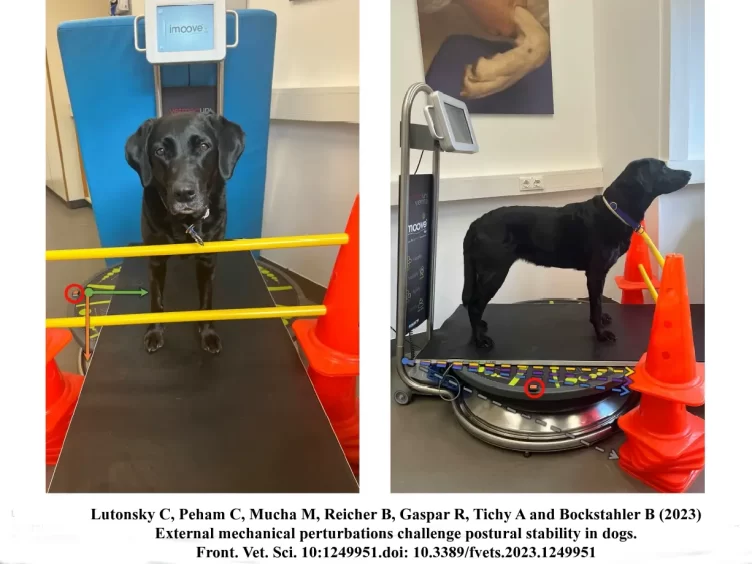
The aim of this study was to investigate the effect of external mechanical forces on postural stability (PS) in dogs using the centre of gravity (COP). Thirteen healthy adult dogs were included in the study. PS was tested while standing still on a pressure plate. Conditions included standard standing and external mechanical force measurements performed using six settings on a motorized [...]
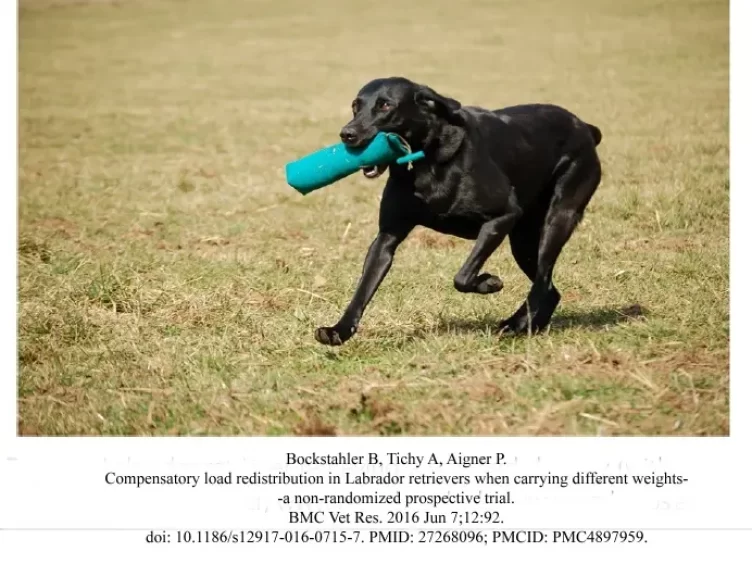
A retriever is a dog bred specifically to retrieve birds or other small game.They are usually sent to the scene where a shot animal has fallen, or to search a field for wounded but still alive game to return it to the hunter as quickly as possible. Examples of game animals are pheasants, mallards and hares. Mannequins with different [...]
Obstacle walking is a widely used physiotherapy exercise in dogs. Current research is limited to the effect of this exercise on kinematics and muscle activation in dogs. This study evaluated the effect of obstacle walking on ground reaction forces (GRF) and center of pressure (COP) in dogs. Data on dogs walking over one and two obstacles after pressure [...]
Canine hip dysplasia is a multifactorial disease characterized by hip laxity and osteoarthritis. Early diagnosis of hip laxity is an important topic in small animal orthopedics. The aim of this study was to evaluate the correlation between clinical orthopaedic examinations and the evaluation method of the Fédération Cynologique Internationale (FCI). Thirty purebred Rottweilers were examined at approximately four (20 2 [...]
Canine hip dysplasia (HDD) is a common orthopaedic disease. Due to the importance of canine hip dysfunction in affected dogs, both clinically and for their use in breeding or work, increasing attention is being paid to early diagnosis. Therefore, early clinical and radiological examination of young animals is increasingly demanded, whereas routine screening for DKK according to [...]
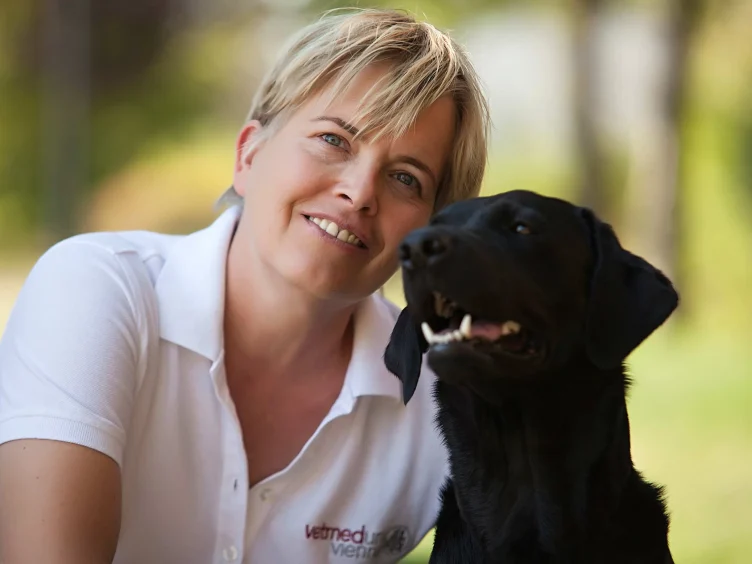
Priv. Doz. Dr. Barbara Bockstahler, European Veterinary Specialist in Veterinary Sports Medicine and Rehabilitation, DECVSMR, DACVSMR, FTA, CCRP. Barbara Bockstahler studied veterinary medicine in Vienna, where after graduation (1996-2002) she first worked in a small animal practice. Since 1999 she has been Head of the Service for Physical Medicine and Rehabilitation at the University of Veterinary Medicine in Vienna. Since 2004 [...]
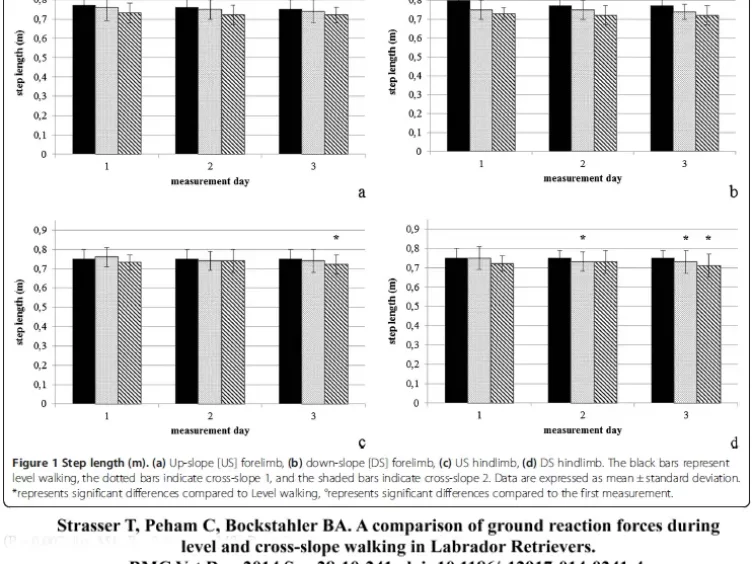
Sloping or slippery surfaces and various other types of obstacles are a normal part of our environment. Dogs with mobility problems may have difficulty coping with uneven ground. Gait analyses using force or pressure plates, which are well established for characterizing limb loading in human and veterinary medicine, are usually limited to flat surfaces. The aim of this study [...]

Center of Pressure (COP) analysis is an important tool that allows conclusions to be drawn about the patient's body balance. This balance can be altered by orthopaedic or neurological disease. To date, there are few data on the centre of pressure in the paws of dogs during gait. In veterinary medicine, there are relatively few studies available, especially regarding COP [...]

Postural balance is based on the integration of sensory inputs from the proprioceptive, visual and vestibular systems along with adaptive muscle activations coordinated within the central nervous system. Balance itself is maintained by muscle contractions that counteract gravity, and forms the basis of many activities of daily living such as walking and standing. Therefore, standing still is an active, controlled process that [...]
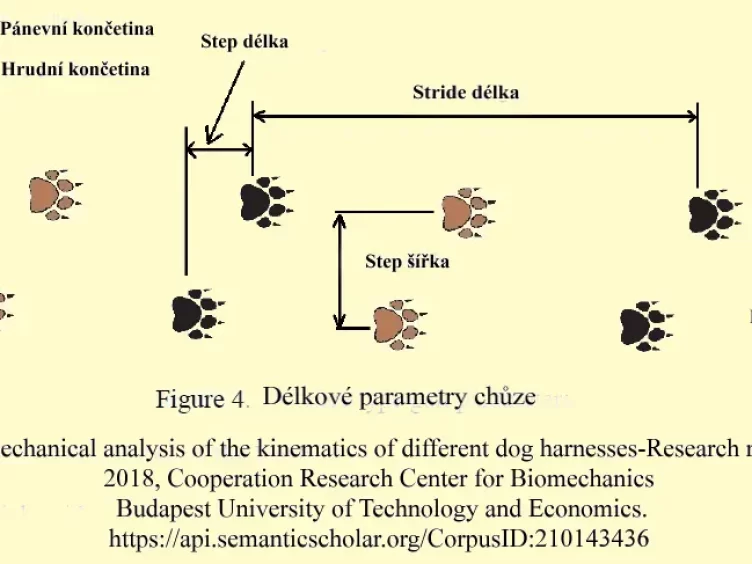
Kinematics and kinetics of movement Understanding the physiological locomotion and gait of dogs is essential for the diagnosis of many musculoskeletal and neurological diseases. Gait assessment should be performed prior to any orthopaedic, neurological or physiotherapy examination. Gait assessment usually involves visual i.e. subjective observation of the dog from several angles during its gait and trot on a flat surface. Lameness [...]
